Whale Disentanglement
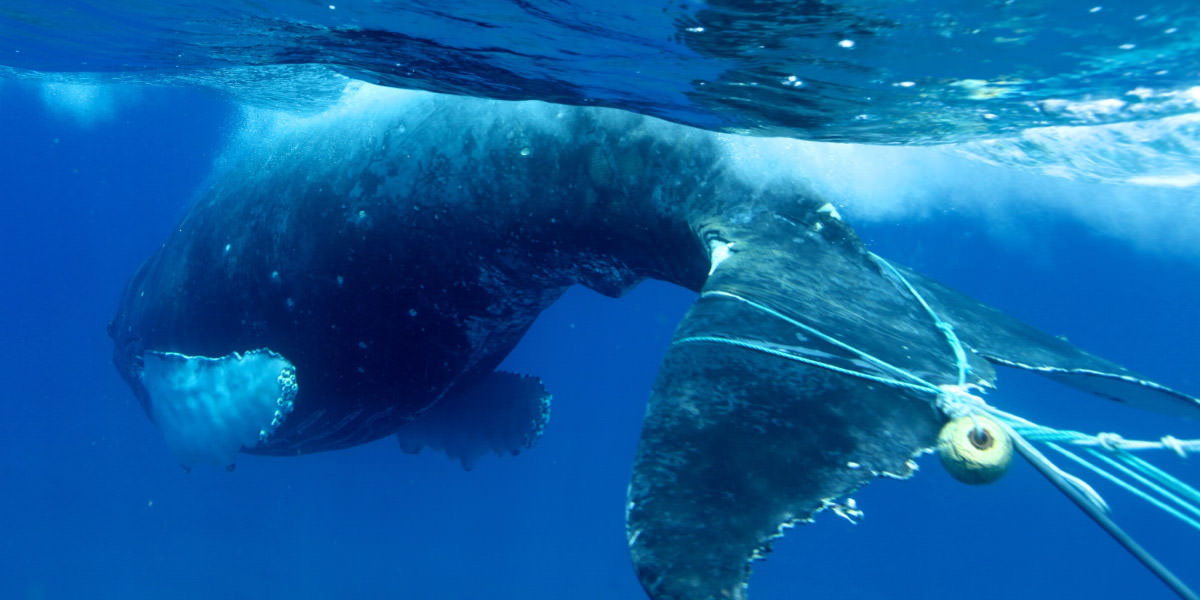
Each year, numerous whales and other marine animals are entangled in fishing gear. Because it often wraps around these creatures -- and unlike us, marine creatures lack opposable thumbs to free themselves -- this debris can hurt or even kill whales, turtles, and other animals through starvation, strangulation and drowning. NOAA's Office of National Marine Sanctuaries and our partners work hard to disentangle these creatures and set them free.
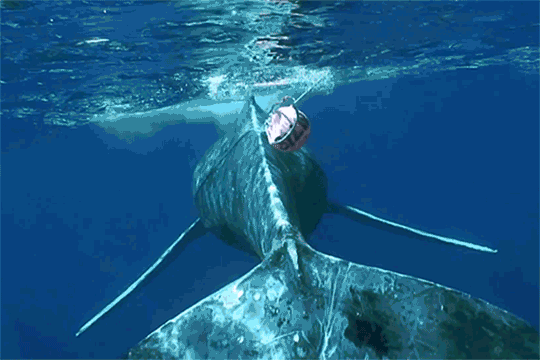
But how do you disentangle a 50-foot-long, 40-ton animal like a humpback whale?
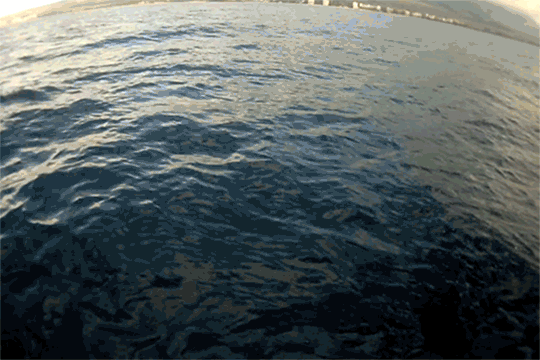
Humpbacks can hold their breath for much longer than a human can, and an entangled whale is often a stressed or panicked one. We don't want to get entangled ourselves or be pulled underwater by a whale that decides to dive deep -- so rescuers never enter the water with an entangled whale. Instead, they grab hold of the tangled fishing lines using a grappling hook.
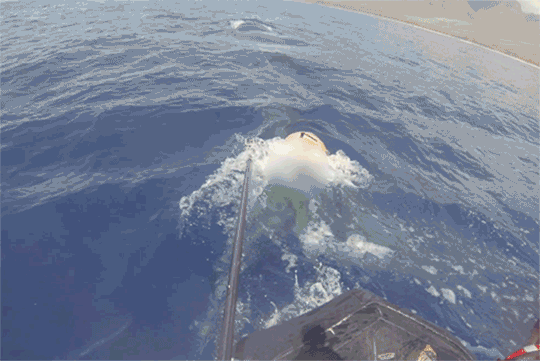
From there, the disentanglement team attaches a series of buoys to the fishing lines. This keeps the whale at the surface and slows it down enough for the team to catch up to it in a small, inflatable boat.
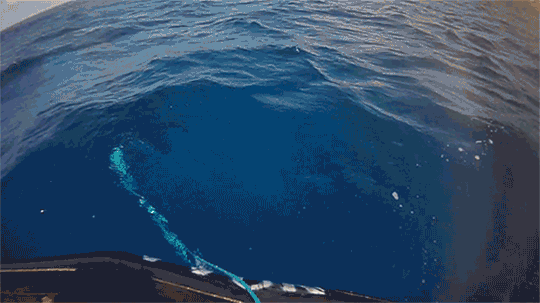
But the fact that they're attached doesn't mean the whale is going to stop and wait; the disentanglement team often gets towed along behind it. Humpbacks are strong animals that can move rapidly through the water, so this can be quite dangerous. It's important that the disentanglement team be trained and prepared to respond to the whale's movement. As the whale tires, the rescuers work their way closer.
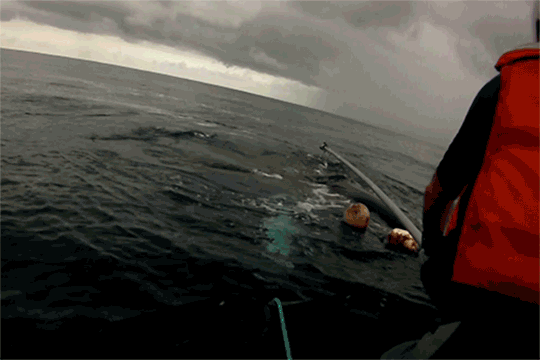
Once they're close enough, the disentanglement team uses a custom-designed cutting tool attached to a long pole to cut away the fishing gear the whale is tangled in.
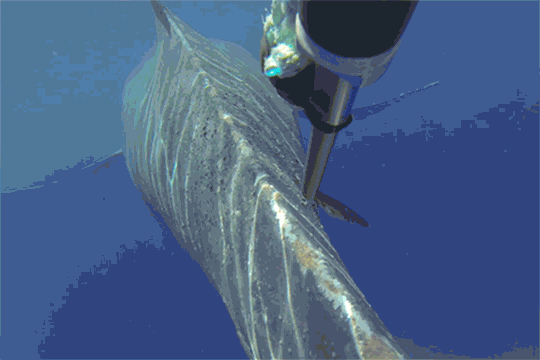
These tools are specially designed to cut the rope but not the whale. After several passes, the whale is free!
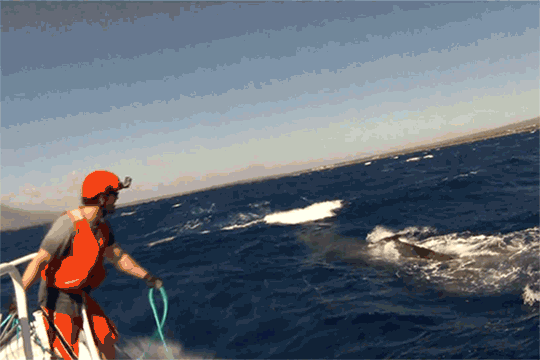
Once the whale is untangled, the team uses that grappling hook once again to collect and remove the debris from the water -- the last thing we want is for more animals to become trapped.
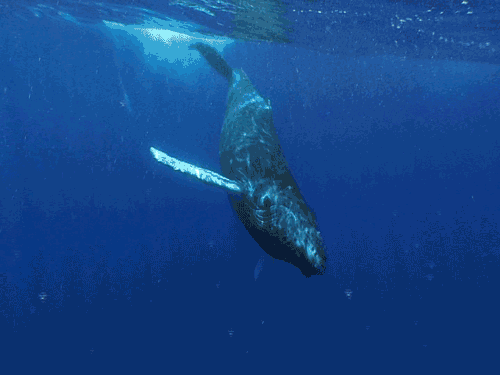
Unfortunately, entanglement is a problem around the globe, and we can only help a small percentage of entangled whales. Since 2002, Hawaiian Islands Humpback Whale National Marine Sanctuary alone has received more than 94 confirmed reports of entangled humpbacks, representing at least 65 different animals -- and more entanglements no doubt go unseen and unreported. With that in mind, we also focus on prevention: by reducing the amount of derelict fishing gear in the ocean, we can reduce the number of whales and other animals that get entangled and hurt or killed. The more people know about the risks these amazing creatures run, the better.
NOAA's Office of National Marine Sanctuaries is now on Tumblr! Join is at @noaasanctuaries and noaasanctuaries.tumblr.com to learn about your national marine sanctuaries and how you can get involved.
GIFs via NOAA's Marine Mammal Health and Stranding Response Program, under NOAA permits 932-1905, 15240 932-1489, and 932-1905-01/MA-009526-1, and Hawaii State Permit PMAL-2015-206.

